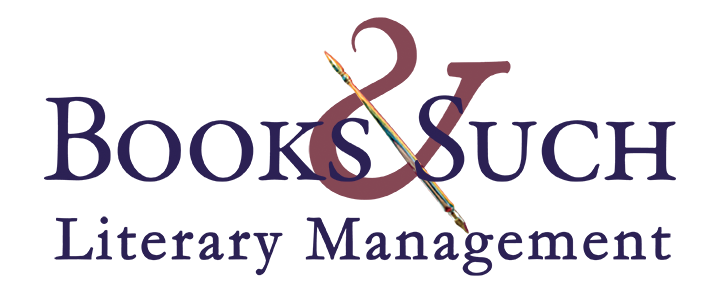Blogger: Rachel Kent
Location: Books & Such main office, Santa Rosa, Calif.
What to keep track of before publication:
Even before you’re a published author, you need to keep track of many important items during the submission process. Charts and lists are useful and can make the query and submission stage of publication a little less chaotic.
First, keep track of your query and proposal submissions. Who did you send your query letters to? When did they go out? Did you receive any feedback?
This is very important. You want to be sure to only query a house or agency once, and if they reject you but offer feedback, you could possibly resubmit to them after changes have been made. (Be sure to ask if you may resubmit when you receive the feedback rather than waiting until you’ve made the changes; the editor or agent might not recall your project if you wait.) If you’re consistently receiving the same feedback on a query, proposal or manuscript, and you’ve kept track of it, you’ll easily notice the pattern of rejections and make a change.
Keeping track of query submission dates is becoming increasingly important because more and more houses and agencies are not sending rejection replies. At Books & Such, we were forced to institute a policy where we only respond to a query within 30 days of submission if it’s an idea we want to explore further. If a writer doesn’t hear from us in the 30-day period, we ask that he or she assumes that the project isn’t a good fit for our representation. This is all explained on our website and in an auto-reply from our query inbox. We wish we could still respond personally, but we receive hundreds of queries each week, and we wouldn’t get anything else done or be able to serve our clients well if we continued to answer all of the queries. We aren’t the only agency or publishing house with this type of policy; so you can see why keeping track of when you sent out your query would be important.
Tracking when you submitted a requested proposal is also important because, if you don’t hear from the agency or publishing house within 8 weeks or so, you should write to check on your proposal. Only do this for requested proposals and manuscripts and not for unsolicited query letters. The reason to check? It might not have arrived (it does happen). It could be lost on the editor’s/agent’s overflowing inbox. A bit of prompting helps to motivate the reader to get reading!
Also, keep a list of the email addresses for the places you submitted to and what the preferred method of communication is at the agency or house. Some agencies still only accept hard copies of query letters. If you’ve already done the research to find all of the information about the house or agency, create a folder with this info so you don’t have to search for it all again. This will save you time and frustration in the future. Save the information on your computer, but be sure to back it up either remotely or with a hard copy.
My last word of advice for the day: never count on being able to find an email again. Emails are known to get lost–computers crash, things are accidentally deleted or can be forgotten. Keep files with important emails and information.
Those of you who are in the submission process, what other things do you keep track of? What could you do better at?

Thanks for the great info. 😀 I tend to be one of those persons who relies too much on email history to keep track of things for me, which leads to my probably redundant question: when agencies say on their website you will receive an auto-reply and the author doesn’t get one, should they try re-sending the query?
Much appreciation for your time,
becca
Great advice. I did this in a little table with dates, which novel, communication method, follow ups, feedback, answer. . . It helped keep everything straight.
Now my agent does that for the novels she sends out to publishers. I’m glad she’s driving the car now. I’ll just keep turning out the novels for her to sends. I like that arrangement much better. 🙂
I use lists, charts, and notes to keep track of just about everything. I think it’s also important (or perhaps at least amusing) to keep a journal through the writing and submission processes. It’s interesting to go back and read how I felt or what I was thinking at different stages of my writing journey.
Rebecca, yes, you should send the query again if you don’t get the promised auto-reply. Specify in your query that you’re sending it again because you don’t think it went through the first time.
Thank you for your comments, everyone!
I’m building a form now and will add to it throughout the week. A copy of the form will be Item #1 in each story’s file on my computer.
Thanks!
I’m an Excel spreadsheet kind of girl, so I keep track of submissions with that. It’s easy to print a copy out and keep in my day planner. Also, it helps me keep track of personalized responses. When I see the same advice from two professionals, I know what I need to work on!
Thanks for this breakdown. Very helpful!